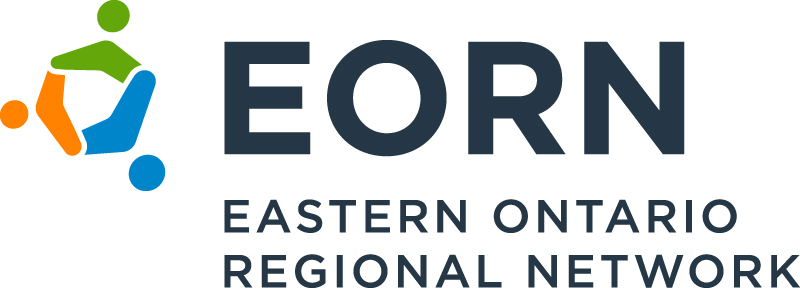Advocacy
EORN is dedicated to advocating for and advancing improved rural connectivity as key to the region's prosperity. Federal and provincial partners trust EORN and EOWC to develop evidence-based solutions to regional economic challenges.
The EOWC and EORN have made submissions to the CRTC; The Federal Standing Committee on Rural Broadband; and the Ministry of Innovation Science and Economic Development on various topics.
EORN will continue to be a vocal advocate for continued improvements to rural connectivity.
|
Federal Spectrum |
|
EORN/EOWC will continue to highlight the challenges faced by rural communities and underserved regions across the country. It is a challenge to meet growing demand for spectrum to support evolution in mobile technology, while also protecting current 3500 MHz license users who depend on that spectrum to deliver fixed wireless broadband service to rural areas. These rural areas have no other options. EORN/EOWC emphasized the following key points in its submission to Innovation, Science and Economic Development Canada (ISED):
*The Universal Service Objective is 50Mbps upload and 10 Mbps download speed. |
|
Federal Standing Committee Report |
|
EORN and the EOWC submitted a Brief on Broadband Connectivity in Rural Canada to the Standing Committee on Industry, Science and Technology. The submission shared EORN's experience in successfully expanding rural fixed broadband through a Public-Private Partnership (PPP). It also included EORN's experience with funding programs and supporting regional economic development that leverages the internet, and our more recent activity with mobile broadband. |
|
CRTC Guidelines |
|
In 2017, the CRTC declared broadband access a basic telecom service for all Canadians, with a goal of achieving 50 Mbps upload and 10 Mbps download speeds. Leading up to the CRTC decision, EOWC/EORN made several submissions that advocated for the following:
|

